Elon Musk's Starlink internet satellites have changed the lives of many remote people around the world.
Two years ago, a community in northwest Alaska woke up without internet or cell service. A giant piece of ice drifting in the Arctic accidentally severed a fiber-optic cable buried deep under the sea. For a single night, they couldn’t withdraw money, schedule doctor appointments or call 911.
It took 14 weeks for the cable to be repaired, but before that, Eben Hopson, a photographer in Utqiagvik, switched to Starlink – Elon Musk's satellite internet service.
“It changed everything,” Hopson said. “You take the Starlink antenna and plug it in. Two minutes later, you have the world in the palm of your hand.”
Starlink has sparked a race to low Earth orbit (LEO), where satellite providers can beam high-speed, low-latency internet to people like Hopson. Starlink had about 2,000 satellites when it launched in 2019, but now has more than 7,000.
People in remote areas like Hopson often have no or unstable internet connection. Cnet commented that Starlink is basically like giving them a “time machine” that allows them to “jump” from 2005 to 2025 overnight.
Starlink contributes to eliminating the digital divide
Today, the Internet is as essential to everyday life as electricity and water. In 2019, the year Starlink launched its first satellite, 67% of rural Americans had Internet access with download speeds of 100 Mbps and upload speeds of 10 Mbps, compared with 98% of urban residents.
Starlink's download speeds are 100 or 200 Mbps, while older internet providers only offer speeds of 10 to 20 Mbps, according to Edwin Walker, a retired electrical engineer in Chattaroy, Washington.
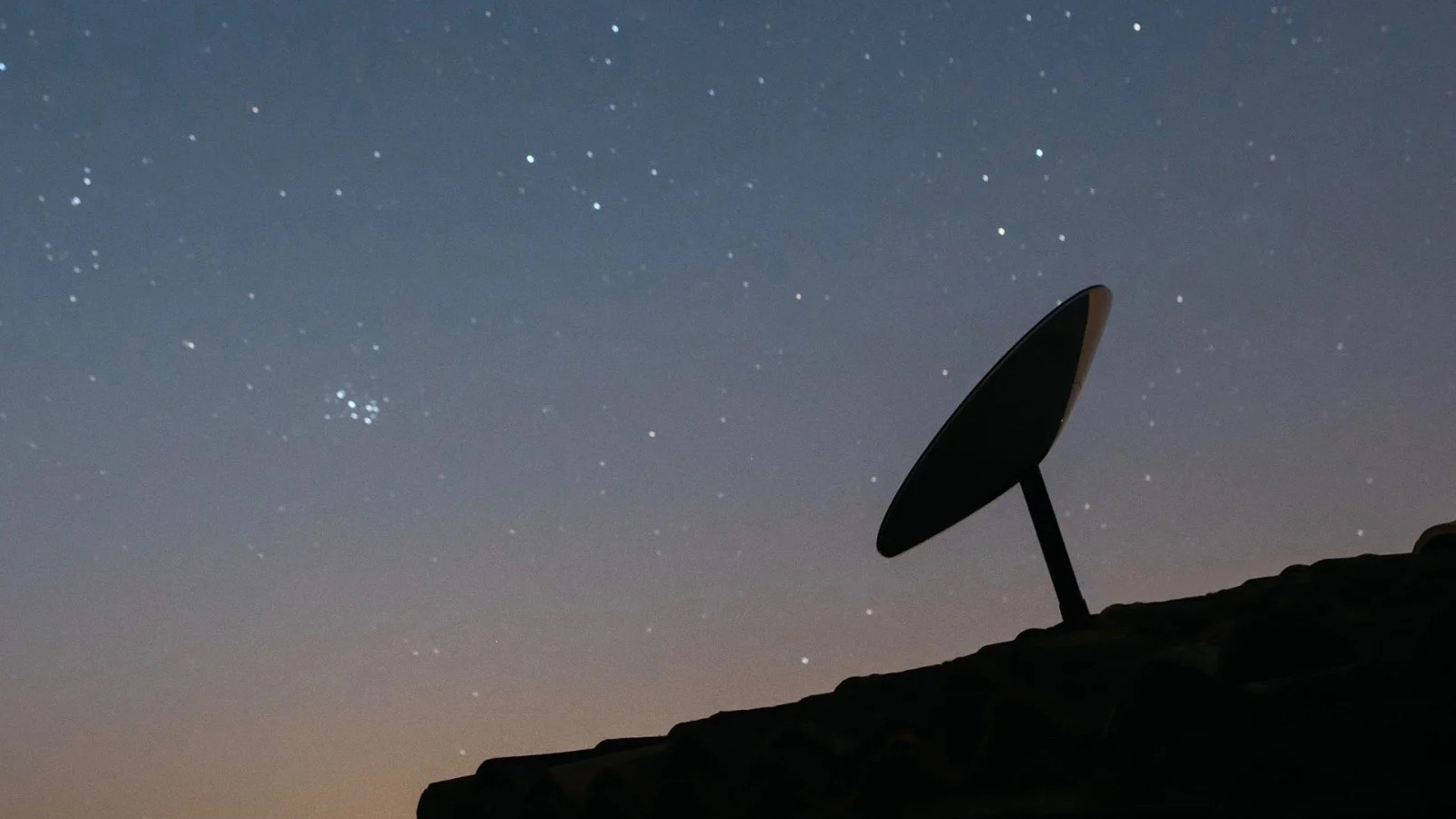
Rural areas are often the last to get high-speed Internet access because of the costs involved in installing fiber in particularly sparsely populated areas. Greg Conte, director of the Texas Broadband Development Office, points out that it costs about $120,000 to $130,000 to install fiber in an area, but there is no guarantee that households will use it.
According to Cnet, “Starlink revolutionizes Internet access in rural America” is not an exaggeration. SpaceX introduced Starlink in 2015 and this is Elon Musk’s personal project. The Starlink antenna is only the size of a pizza box, can connect to the Internet anywhere in clear weather conditions. Starlink also launched a mini antenna in the summer of 2024 to support network connection on the go.
Starlink currently has about 1.4 million subscribers in the US and 4.6 million globally. Although it accounts for only 1% of all internet connections in its home country, it has to serve the hardest-to-reach customers.
Satellite internet has been around for a long time, but the quality hasn’t improved much, until Starlink came along. The service’s breakthrough is that it puts satellites closer to Earth: about 342 miles above the ground, compared to about 22,000 miles for geostationary satellites from companies like Hughesnet and Viasat.
For users, Starlink offers faster speeds thanks to its vast satellite network, but the most valuable upgrade is latency — or the time it takes for data to travel from the antenna to the satellite.
According to Ookla speed tests, Starlink’s average latency in the US was 62 milliseconds in 2023, compared to 681 milliseconds for Viasat and 886 milliseconds for Hughesnet. That means if you say something on a video call, it will take a second for the other person to hear it.
In just a few years, millions of people who had been stuck with slow internet — or no internet at all — suddenly had internet good enough to see a doctor remotely, video call family, or play games.
But that connection isn’t for everyone, only those who can afford it. The $120-a-month price tag is double the average U.S. Internet plan, and the $349 antenna puts it out of reach for many rural Americans.
A 2021 Pew survey found that 20% of people who don't subscribe to home internet cited cost as the biggest reason.
In a survey of households with annual incomes below $50,000, more than half said an Internet bill of up to $75 was unreasonable.
Starlink also ushers in a new era for the skies. When SpaceX launched its first batch of Starlink satellites in May 2019, there were only about 2,000 active satellites in the sky. Today, that number has grown to more than 11,000, with nearly 7,000 belonging to Starlink. SpaceX hopes to eventually increase that number to 42,000.
Rivals to the service have also sprung up, including Amazon’s Project Kuiper, which has received approval from the Federal Communications Commission (FCC) to deploy 3,236 satellites.
Starlink is a game changer in remote areas.
Most Americans don’t need Starlink. According to FCC data, 90% of the US is covered by cable or fiber, which is significantly faster and cheaper than Starlink. But for the remaining 10%, Starlink is a godsend.
Maine has the second highest percentage of rural residents of any state in the US. Many people live in extremely remote areas. So LEO service is the most cost-effective. 9,000 households in Maine have no internet service. Download speeds are almost zero.
To meet demand, the state recently offered free Starlink antennas to the hardest-to-reach places. While cost is an issue, Starlink is the only solution. It’s no more expensive than Hughesnet and Viasat, which cost $400 and $250 to buy, respectively, but it offers slower speeds and lower capacity limits.
Hopson said the internet providers in his area are more expensive and slower than Starlink. Before Starlink, Hopson paid $200 a month for internet speeds below 1 Mbps and a maximum of 20 GB of data a month. It took him about a day or two to upload a video to Google Drive. With Starlink, it took him just two minutes.
Still, Musk’s satellite internet service faces many challenges ahead. According to Ookla data, Starlink actually gets much slower as more people join the network. Despite launching more satellites, the average user speed in December 2023 was 75/11 Mbps, down from two years ago. During the same period, the number of users increased from 2 million to 4 million. It’s like being at an airport, where everyone is connected to Wi-Fi, so there’s almost nothing to do.
SpaceX President Gwynne Shotwell pledged to improve satellite signals so users can enjoy 2Gbps connectivity with the next generation of satellites.
Source: https://vietnamnet.vn/phia-sau-su-troi-day-cua-7-000-ve-tinh-starlink-2385033.html


![[Photo] Prime Minister Pham Minh Chinh receives CEO of Standard Chartered Group](https://vstatic.vietnam.vn/vietnam/resource/IMAGE/2025/4/2/125507ba412d4ebfb091fa7ddb936b3b)
![[Photo] Special relics at the Vietnam Military History Museum associated with the heroic April 30th](https://vstatic.vietnam.vn/vietnam/resource/IMAGE/2025/4/3/a49d65b17b804e398de42bc2caba8368)


![[Photo] Comrade Khamtay Siphandone - a leader who contributed to fostering Vietnam-Laos relations](https://vstatic.vietnam.vn/vietnam/resource/IMAGE/2025/4/3/3d83ed2d26e2426fabd41862661dfff2)
![[Photo] Prime Minister Pham Minh Chinh receives Deputy Prime Minister of the Republic of Belarus Anatoly Sivak](https://vstatic.vietnam.vn/vietnam/resource/IMAGE/2025/4/2/79cdb685820a45868602e2fa576977a0)



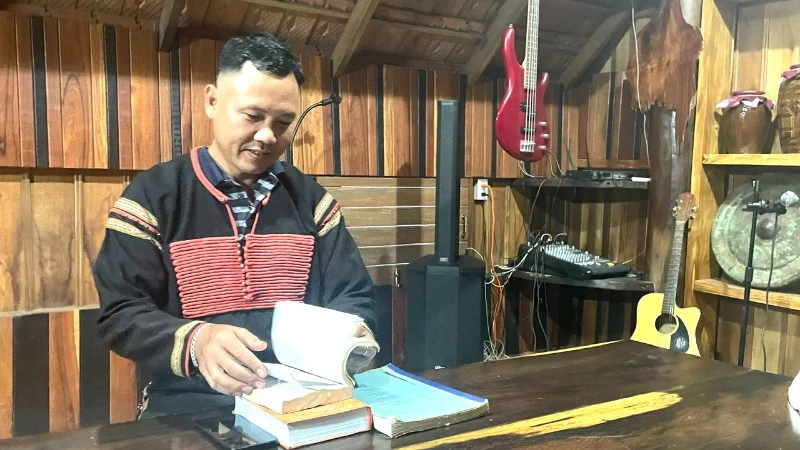







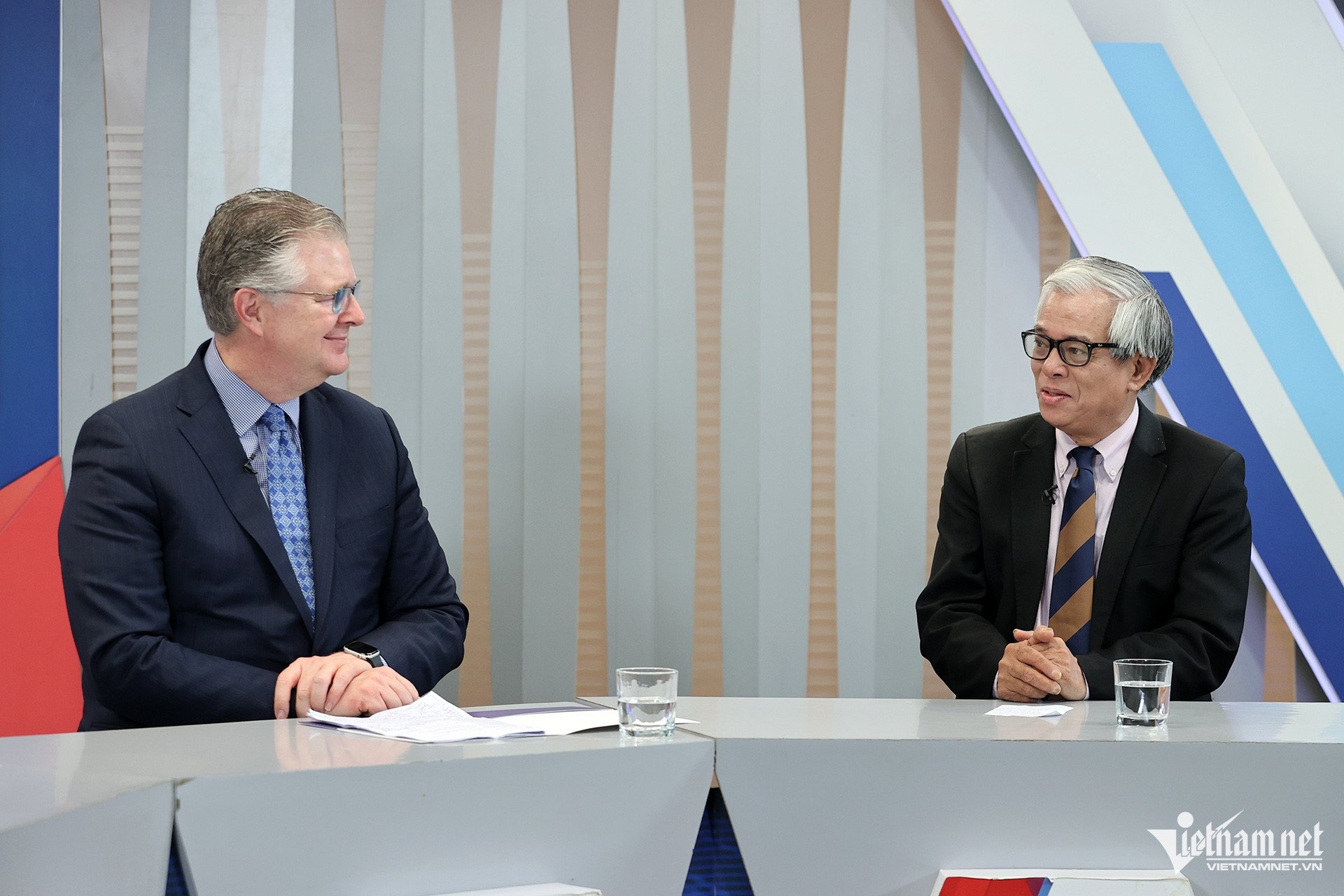































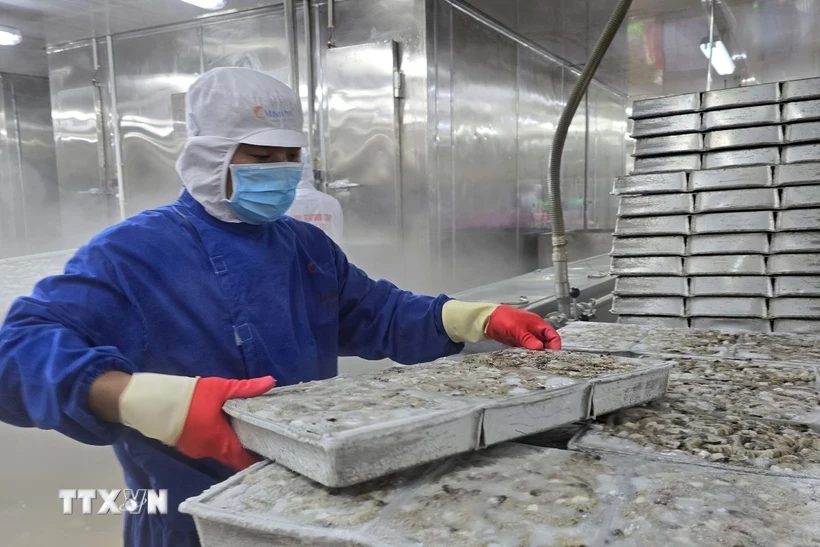


















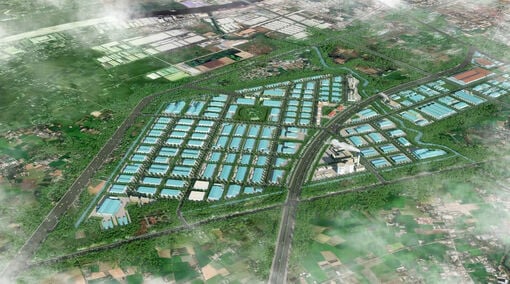

















Comment (0)